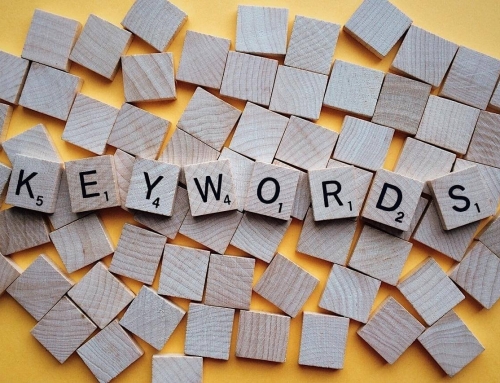In essence, real estate web design should follow best practices for end user experiences – easy to read flow, respecting white space, easy navigation and making the experience as clear as possible. However, there are some details in terms of the user experience that should not be overlooked when offering the wealth of information that is associated to the details of any property on a real estate site.
Here are a few web design recommendations that real estate agents may want to keep in mind when their website is being constructed.
Property Photos and Detailed Descriptions
Seeing is believing, and nowhere is this more relevant than when you are looking for a piece of real estate. Therefore, it is vitally important for a real estate site to feature pictures along with detailed descriptions of their available properties in various areas.
For instance, if the real estate agent is placing a home on the market, they should provide high quality photos of all of the rooms in the home so that people will have a good idea of what it really looks like on the inside and out. By including a detailed description of the photo that is being posted, potential buyers will have a simulated experience of a walk-through. Here is a quick summary of what you need to look out for:
Property Images
· The more the better! Multiple images of rooms from different angles. Feature the strengths of the property.
· Easy to use interface for image viewing. Make it easy to navigate for the end user – do not overwhelm them with fancy features and options.
· Quality images that can download quickly. Optimize image size for the best quality at the smallest file size.
Property Details
It may seem obvious but once a user has taken the time to look at a specific property they will be best served by displaying as much detailed information about the property as possible. Take the time to refine the layout of the display of property details in a fashion that is well organized and gives the user the ability to scan the page quickly to find key information.
Map information for a property is also great tool – but don’t let it overwhelm the page layout.
Contact Forms
Contact information for a broker or agent should be easy to access and obvious in the property page design. Quick access to be able to contact the agent or broker should be available. Keep form information to the bare necessities – you want that first reach out for a property to be easy and to get the conversation started!
Sections by Price Range
People normally search for homes that they can afford. That means they will look for homes in a specific price range, and organizing your properties along this factor is crucial. In order to make this process as easy and simple as possible, the site should have a section that supplies the properties’ price range.
Mobile Friendly Features
It is also important to note that the design of the website for a real estate agency must be fully responsive and include mobile friendly features. Since buyers may be traveling around neighborhoods they are thinking of moving to when they are pulling properties up for more information, the site should be easy to view on mobile devices.
This is just a brief overview of some real estate web design tips. With the experts at BlueHat Marketing on your side, your real estate website is sure to shine!






